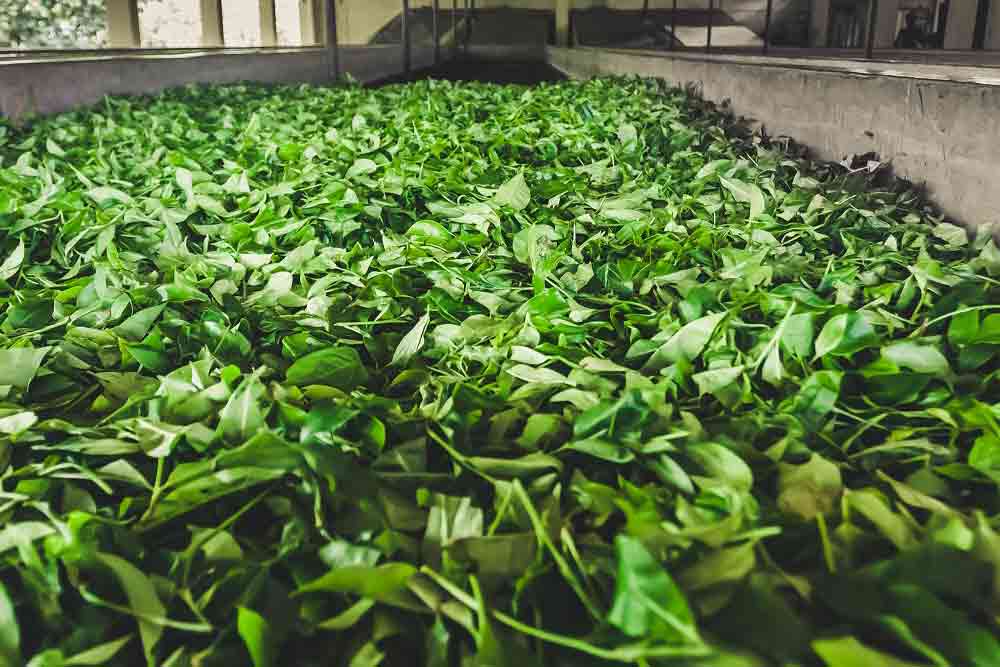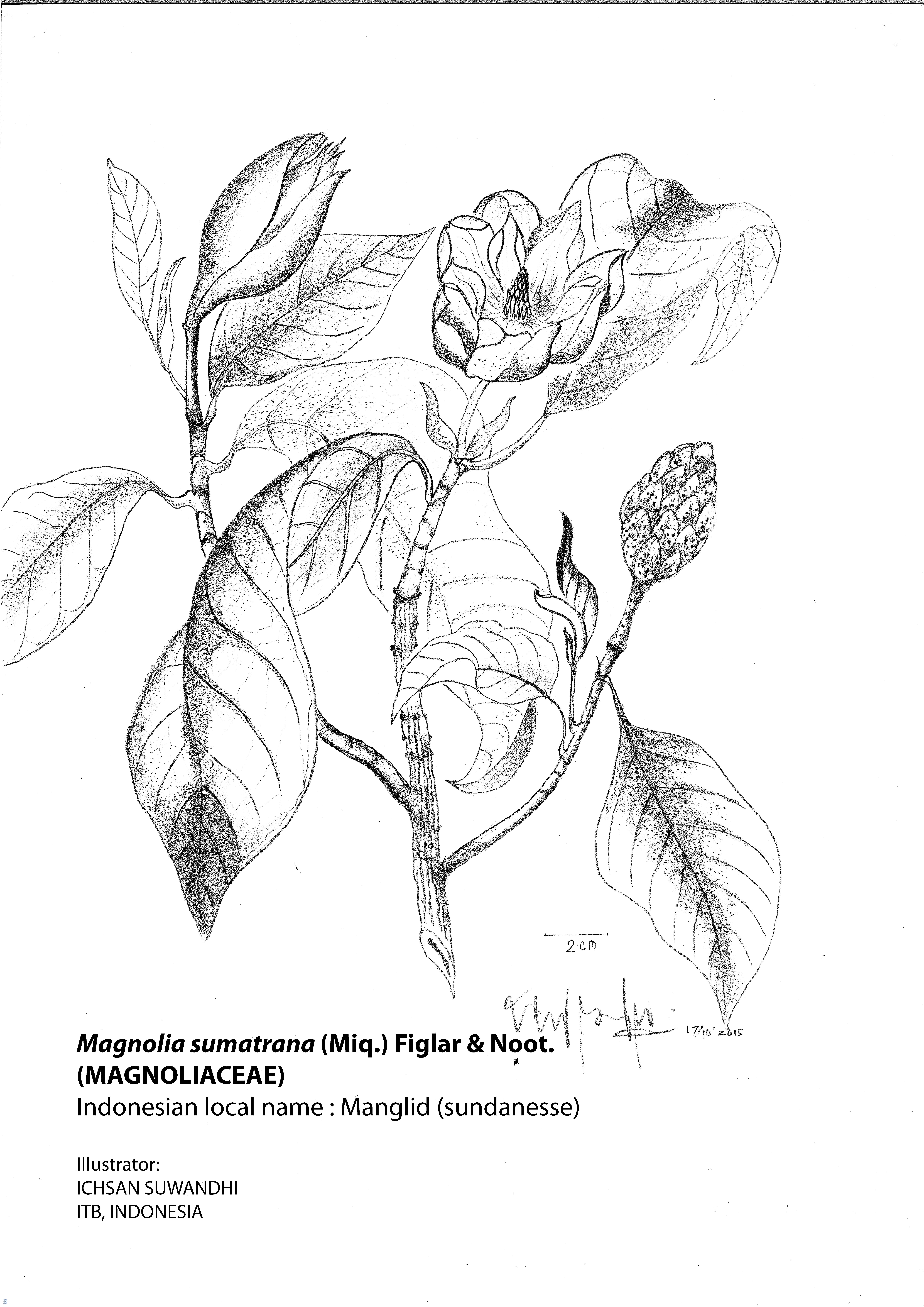Preserving Tea Plants by Tea Processing and Diversification

BANDUNG, itb.ac.id – Postharvest Technology Study Program from SITH held a guest lecture as an elective course entitled "Tea Processing and Diversification" with Ir. Eko Pranoto, M.P. as the manager of the tea and quinine research centre as a guest lecturer as well as a resource person. This event was moderated by Dr. Asep Hidayat and Dr. Mustika Dewi, as well as supporting lecturer, Monday (20/9/2021).
Tea is a processed product derived from the leaf buds of C. sinensis in the form of shrubs. But there are also teas belonging to Assamica in the form of trees. In general, the content of polyphenols in sour tea plants is more than sinensis. Each type of tea has specific benefits with various catechin content as antioxidants.
"The key word, drink tea that is really tea," said Eko.
The raw material for shoots determines 70-80 per cent of factory processed products. Therefore shoots must pay attention to the quality and processing process.
The tea leaves will be processed in several stages, such as withering, grinding, wet and dry sorting, fermentation, and drying. The processing technique distinguishes several types of tea from the product produced, both in terms of quality and colour when brewed. The darker the colour, the longer the fermentation (enzymatic oxidation) carried out during the processing process.
Not only the shoots, it turns out other components of the tea plant, stems, wood, and seeds, can also be used to make other products, such as cosmetics, cakes, mixed with other powders, extracted, and various tea-flavoured foods.
Factors affecting the garden's production are harvesting methods, pest control, clones, land conditions used, and fertilization.
The levels of polyphenols in tea produced in Indonesia are higher than those in foreign teas. Therefore, Indonesia should get a better marketing value of processed tea plant products than foreign production.
However, in reality, the sustainability of the national tea industry is currently being threatened. This happened partly because of the increasing operational costs and the marketing strategy of processed tea products that were not good enough, so that the tea factory was at a loss.
One solution that we can do is to diversify products from processed tea plants, improve the quality of pre-processing and post-harvest, and improve marketing strategies for processed tea products.
Reporter: Najma Shafiya (Postharvest Technology, 2020)
Translator: Billy Akbar Prabowo (Metallurgical Engineering 2020)

scan for download






